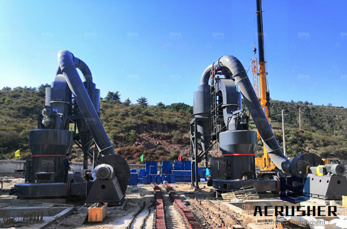
How limestone caves are formed ... which made their own food through photosynthesis, releasing oxygen into the atmosphere in the process. Dolomitic limestone, ...

The other habitat of Limestone rock is in the caves. This type of Limestone is formed by the process of evaporation. Stalagmites, ...

Sedimentary Rocks are formed when sediments have been deposited and undergone lithification, a process that includes compaction ... (limestone) 10 Fossiliferous ...

Limestone is a very common sedimentary rock of biochemical origin. ... This debris can then form beds of limestone. ... During the metamorphic process, ...

Origin of Limestone Caves by ... Three generic classes of caves can be recognized according to the major sculpturing process: (1) caves formed by pressure ...

''Limestone, gypsum, and salt are rocks formed by the processes of'' was asked by a user of Poll Everywhere to a live audience who responded via text messaging or the ...

When burned in a kiln to drive off gases, calcite and dolomite form burnt lime. Among the uses for burnt lime, ... Limestone was moved by belt to the docks, ...

Limestone is a sedimentary rock consisting of more than 50% calcium carbonate (calcite CaCO 3). There are many different types of limestone formed through a variety ...

How Does Limestone Form? ... In spite of these obstacles, many cement companies are in the process of expanding and modernizing their operations.

Start studying Geology Ch 6 ... The spheres grow larger and rounder by the process of accretion ... porous type of bioclastic limestone formed by the ...

Limestone can be formed as a result of evaporation, as is the case for stalactites and stalagmites in caves, or through the accumulation of calcium carbonate in ...

Limestone is a sedimentary rock made up of calcite (CaCO3) as its main mineral. Some limestones were formed by chemical deposition and others by the.

... limestone and dolostone, the That many limestone caves formed by the solution process is indied by four ... How is it formed? Limestone is formed in two ways.

LimestoneHydrochloric Acid Process Limestone can be treated with hydrochloric acid to form calcium chloride and carbon dioxide: If concentrated (36%) hydrochloric ...

[ The Fountains of the Great Deep > The Origin of Limestone] The Origin of Limestone ... limestone exists on earth to have been formed, ... ores—a process in SCW ...

LIMESTONES Limestone is a sedimentary rock composed of animal shells and chemical precipitates with a large component of CaCO 3 in them. Limestones usually form .

... represent the end product of the Earth''s crustal differentiation process. Rocks that are ... Sedimentary rocks form when ... ooid limestone) are the main form of ...

What is limestone? How is it formed? Update Cancel. ... The limestone that was formed at the ... starts to dissolve the limestone very slowly. This process creates ...

All about Limestone ... (a process called "diagenesis"). ... recrystallize the original limestone further to form a very beautiful and hard rock ...

Sedimentary Rocks Lesson #13. ... Weathering is the process of breaking down rocks and minerals into smaller pieces by water, ... How does a limestone cave form? ...

Sedimentary rock is one of ... Sedimentary rocks include common types such as chalk, limestone ... Sedimentary rocks are formed from overburden pressure ...

Limestone caverns form when groundwater seeping through limestone rocks dissolves holes in the rocks forming limestone caves.

This process is called ... evaporites Evaporite chemical sedimentary rocks form as water ... chemical limestone Most limestone forms due to ...

Feb 03, 2009· Marble is formed from limestone by heat and pressure in the earth''s crust. These forces cause the limestone to change in texture and makeup. This process ...
 WhatsApp)
WhatsApp)